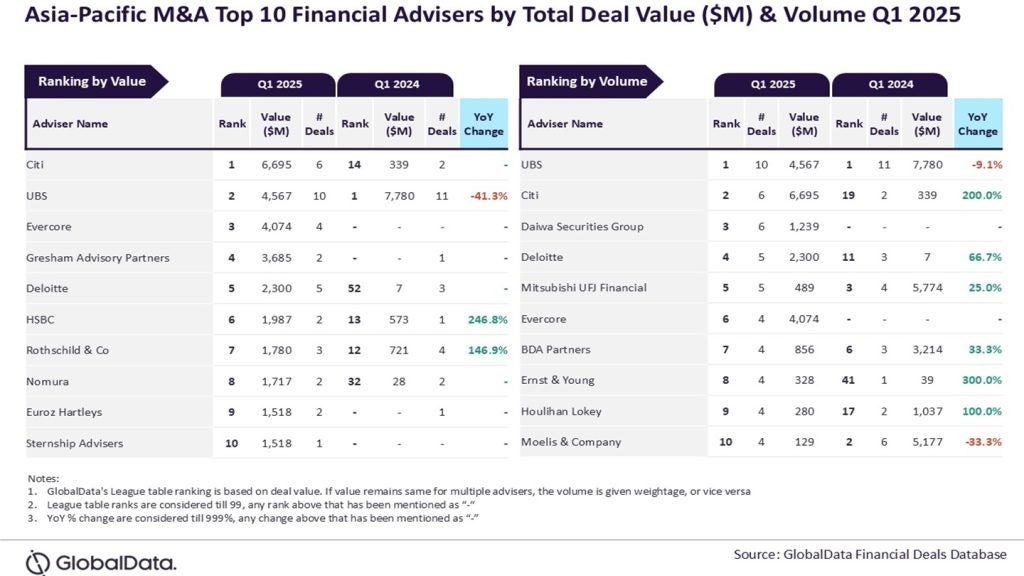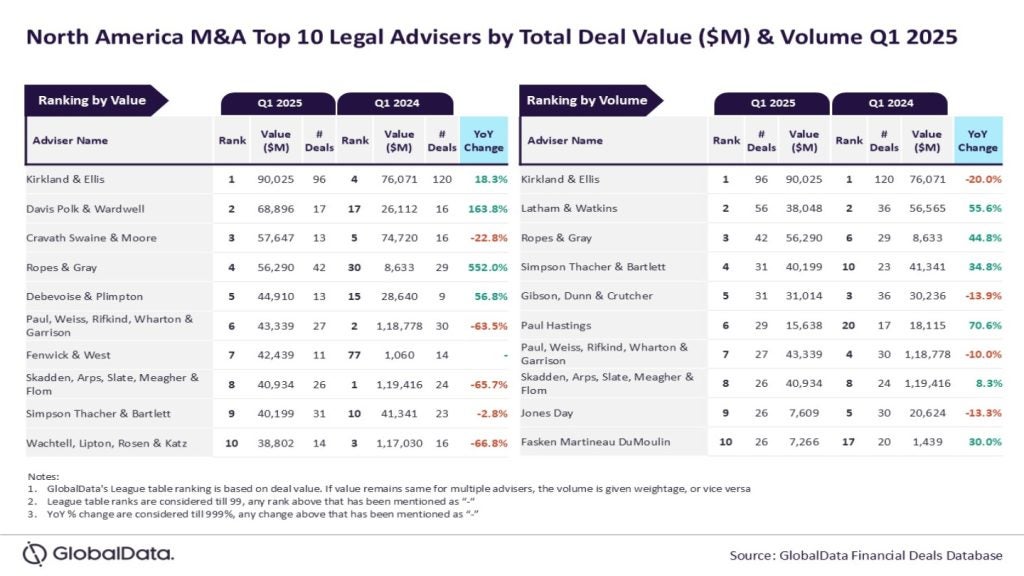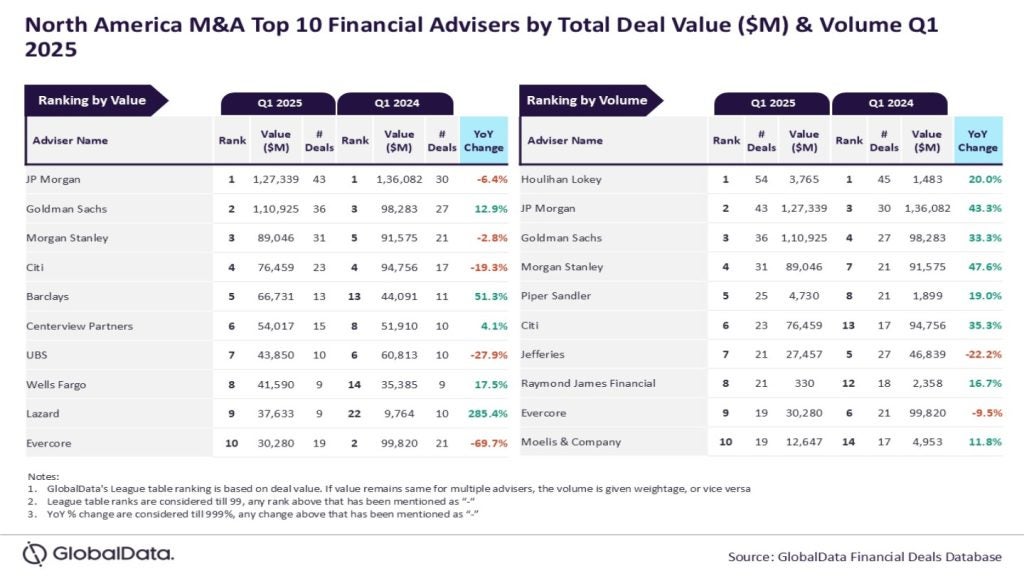
According to Reuters, Goldman Sachs is considering alternatives for wealth and its Personal Financial Management (PFM) registered investment adviser (RIA) subsidiary, which oversees approximately $29bn.
The company was divided into three parts last year, and CEO David Solomon scaled back the company’s goals for its consumer sector, which has lost $3bn over the past three years, as a result of the organisational changes.
Additionally, Goldman Sachs is moving forward with the sale of its fintech company, GreenSky, and has sold the majority of its unsecured consumer loans after ceasing this type of lending last year.
The company’s shares fell 0.6% in afternoon trading, while the S&P index of bank stocks (. SPXBK) climbed 0.2%.
In 2019, when it was managing around $25bn in assets, Goldman paid $750m to acquire RIA, formerly known as United Capital Financial Partners.
Goldman Sachs restoration
The goal of the acquisition was to expand Goldman Sachs’ clientele beyond the super-wealthy, although the unit has only ever represented a modest portion of the bank’s wealth business.
Goldman Sachs’ private wealth business manages $1rn in assets for ultra-high net worth clients with investable assets of $60m or more.
High net worth individuals, who would be the target market for Goldman Sachs’ proposed sale, often have $1m to $10m to invest.
Competitors like Morgan Stanley whose CEO James Gorman established the wealth management arm through a series of acquisitions that produce steady income from fees, have outperformed the firm’s wealth unit.
The bank intends to expand its main wealth business serving ultra-high-net-worth clients, reaffirming ambitions expressed at its investor day in late February.
Other major wealth operations include workplace financial planning through Ayco and Marcus savings.
By offering brokerage, mortgage, and other services, as well as estate and tax preparation, U.S. banks strive to serve extremely rich clientele.
Compared to Wall Street industries that are more prone to volatility, such investment banking and trading, which are closely tied to the economy, those activities often produce more consistent revenue.







